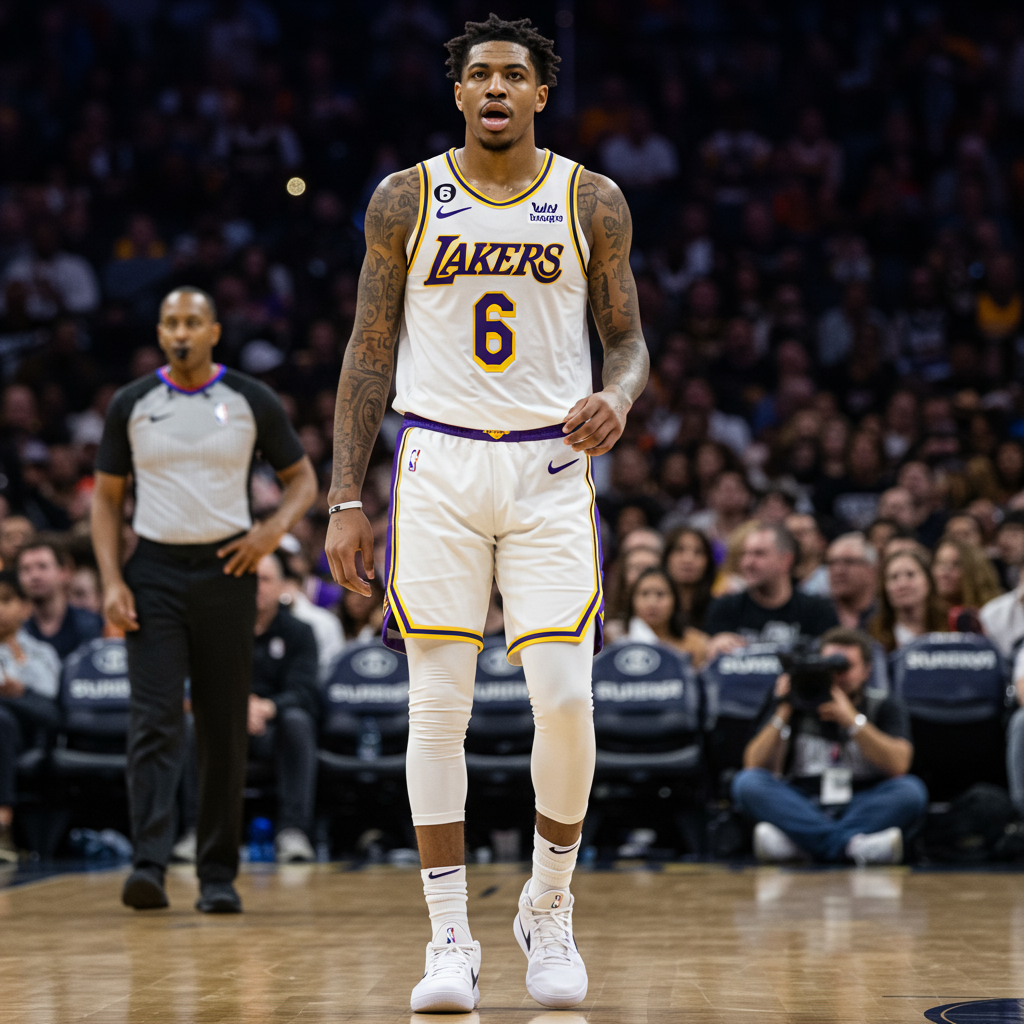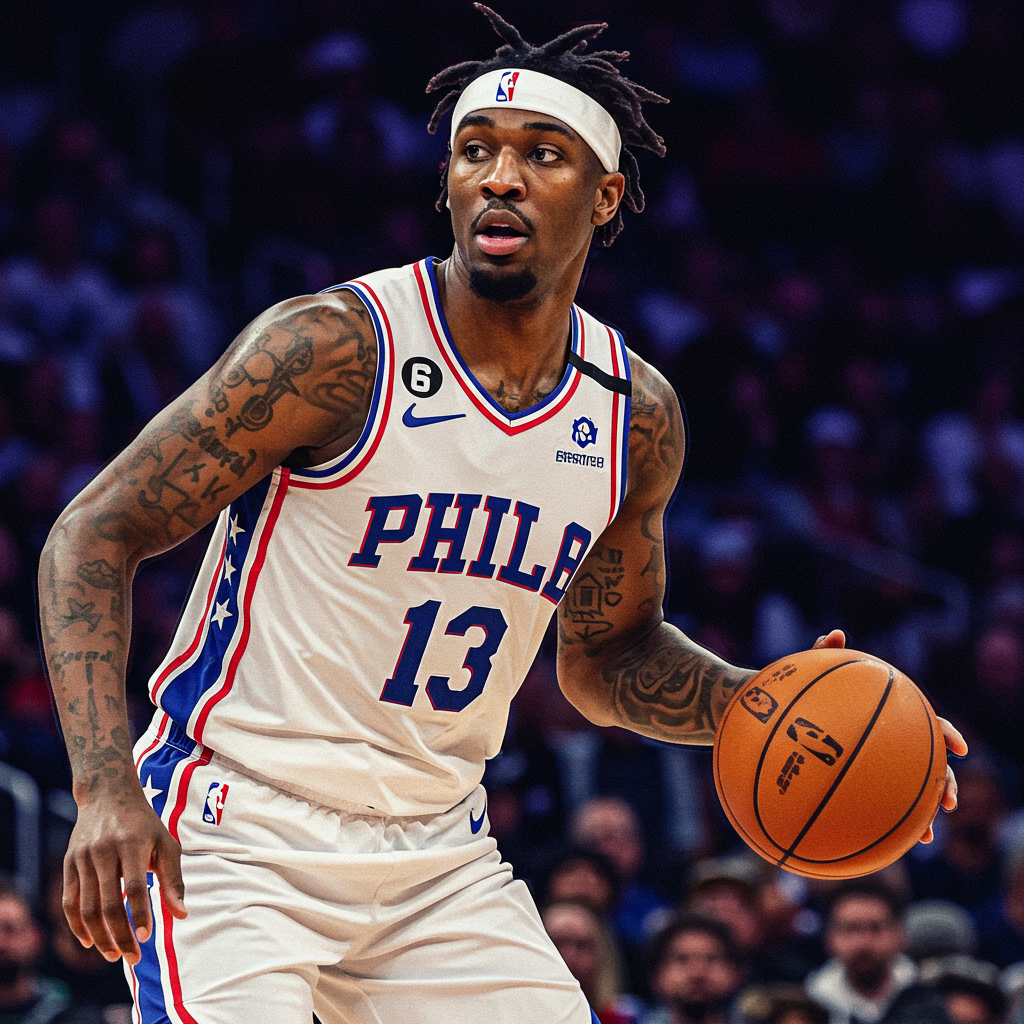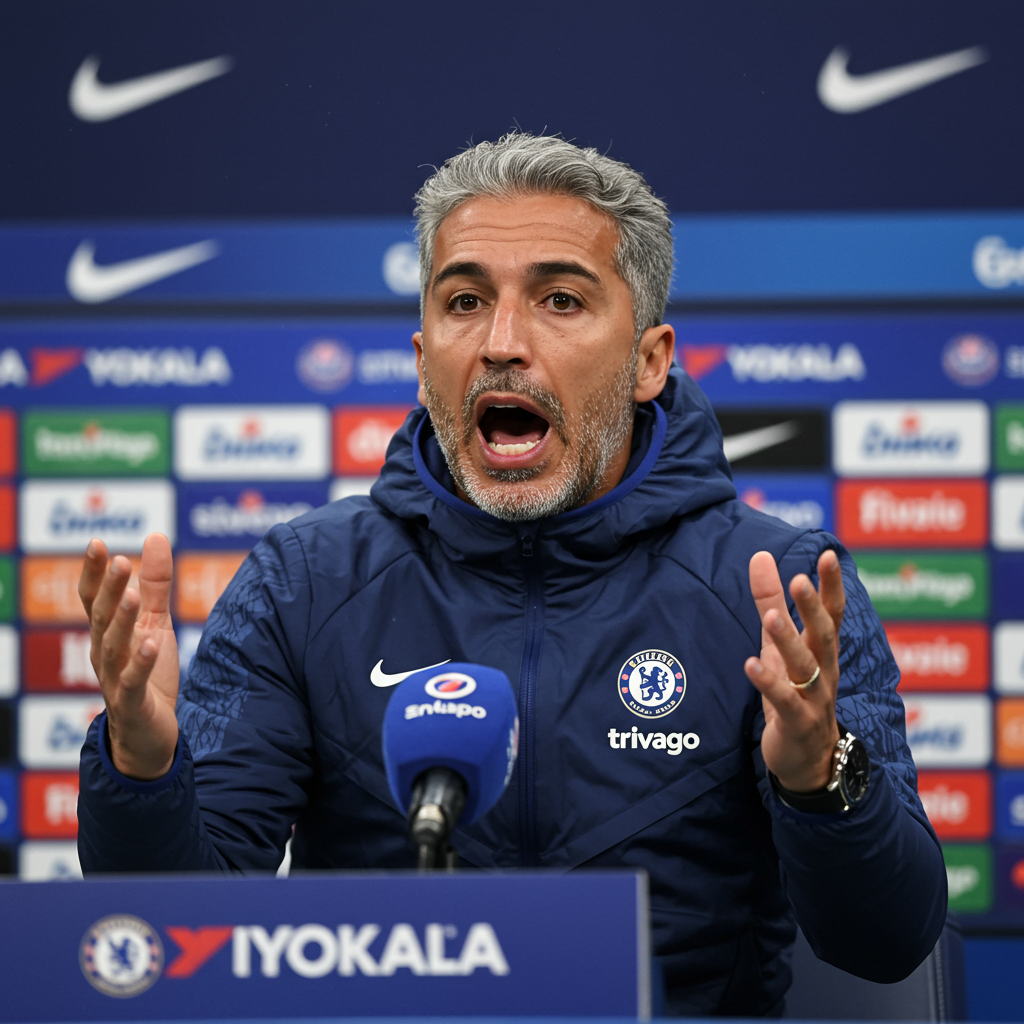Will Tyrese Haliburton play in Game 6 of the NBA Finals? It’s the question looming large over the Indiana Pacers as they face elimination against the Oklahoma City Thunder, who lead the series 3-2. While Haliburton, the Pacers’ All-Star point guard, is fiercely determined to be on the court, the decision regarding his strained right calf is anything but simple, according to medical experts.
Aggravated during the Game 5 loss, the injury significantly impacted Haliburton’s performance, contributing to a night where he went scoreless from the field and struggled with movement. The lingering pain and limitations mean his availability for the crucial Game 6 is officially listed as “questionable,” likely to be a game-time decision.
“If I can walk, then I want to play,” Haliburton stated emphatically, underscoring his competitive fire and desire to help the Pacers make their first NBA Finals appearance since 2000. Yet, he also acknowledged the need for caution, saying, “I have to understand the risks, ask the right questions…”
The Complex Decision-Making Process
Behind the scenes, the choice of whether an athlete plays through an injury in a high-stakes scenario like the Finals is incredibly intricate. It’s far more than just the player’s desire.
Orthopedic surgeons who have worked with NBA teams describe it as a “complicated” and multi-layered process. According to Dr. Brian Cole, head team physician for the Chicago Bulls, discussions can last for hours, involving detailed medical evaluations like X-rays and potentially repeated MRIs. These findings are often reviewed by multiple consultants.
The conversations extend beyond the medical team to include various levels of trainers, the player’s family, and their agent. Dr. Robert Anderson, who serves on the NBA’s committee studying ankle sprains, notes that after medical risks are assessed, the decision “also becomes a business decision” involving the player and agent.
Playing Through Pain vs. Functional Impact
One key factor is an athlete’s pain tolerance. Experts confirm that playing through pain is common in professional sports. The critical question is not just how much pain a player can endure, but whether the injury compromises their mechanics in a way that hinders performance or poses further risk.
Dr. William McGarvey, a former Houston Rockets orthopedic surgeon, highlights that the impact depends heavily on the player’s function. For a dynamic player like Haliburton, who excels in scoring, assisting, and rebounding, the requirements vary. Simple distribution of the ball is less demanding than explosive movements like jumping for rebounds, pushing off for drives or shots, or landing after contact. McGarvey explains that navigating contested situations requires agility to land safely. Pain or spasms from the calf strain could severely affect these essential basketball actions.
Notably, statistical analysis of Haliburton’s performance in the Finals showed a preference for driving right and a significant drop in overall driving volume and effectiveness when driving left, potentially linked to the calf issue.
Limited Treatment Options and Timelines
With less than 72 hours between Games 5 and 6, time is a major constraint for healing. Athletic trainers point out that a typical muscle sprain might require a week or two of rest before reassessment – a luxury the Pacers don’t have.
Treatment focuses on creating the best possible environment for the body’s natural healing processes, which cannot be significantly sped up. This includes hands-on therapy, abundant rest, ice, elevation, and anti-inflammatory medication. Players might use a walking boot to take strain off the muscle. Haliburton confirmed he is undergoing extensive, “around-the-clock” treatment, including massage, needles, hyperbaric sessions, H waves, and specific taping for support while playing.
However, as Dr. Cole notes for a true muscle strain, “there’s no magic.” Injections or other advanced therapies aren’t typically effective for rapid recovery in this timeframe.
Understanding the Risks: The Durant Question
Fans and media often recall the cautionary tale of Kevin Durant, who ruptured his Achilles in the 2019 Finals after returning from a calf injury, leading to a lengthy absence. This naturally raises concerns about Haliburton.
However, the orthopedic surgeons consulted are clear: a strained calf, which is a muscle injury located higher up the leg, does not directly increase the risk of rupturing the Achilles tendon. They unanimously state that playing with a strained calf primarily carries the risk of aggravating the calf symptoms themselves. Dr. Anderson suggested Durant may have had pre-existing Achilles issues unrelated to the calf strain itself. An MRI can typically distinguish between the two areas. If the injury is confirmed to be solely a muscle strain above the Achilles, playing through it is considered medically permissible if the player can functionally tolerate the movements required for basketball.
Historical Context and Player Desire
Throughout NBA history, legendary players have pushed through significant pain and injury in the pursuit of a championship, from Willis Reed famously limping onto the court in the 1970 Finals Game 7 to Michael Jordan’s “Flu Game” in 1997.
Experts acknowledge that if an injury is not considered career-threatening, the ultimate decision often rests on the individual player’s pain tolerance and intense desire to compete, especially for team leaders facing elimination. Haliburton has openly stated his trust in the Pacers’ medical staff to help him make the best decision for his body long-term while balancing his drive to compete for the franchise’s historic goal.
Haliburton’s importance to the team is undeniable; the Pacers have a significantly better record with him on the court. His ability to even be on the floor, even if limited, could provide a significant emotional lift, though contingency plans relying on backup T.J. McConnell and others are in place if he cannot go.
Ultimately, the fate of Haliburton’s Game 6 availability remains uncertain, a complex calculation of medical assessment, player will, and the immense pressure of the NBA Finals.



